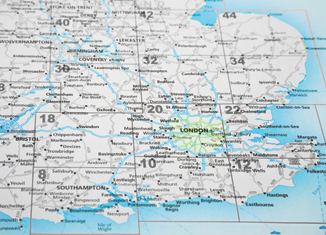The talk of the town at the moment is the “impending” crash. Reminds me a little of 2020. Lots of hyperbolae, fear, neuroses and the most repeated mistake in all of the history of financial and property markets - “It’s going to be just like 2008/1990/the 70s” (or insert your own date here).
Spoiler alert - no, it isn’t. I can say that with authority, because, thus far, it is never the same as the last one. There’s a very good reason for that - at the top level, the problems from the last recession or crunch time tend to get fixed. Not necessarily permanently - but enough for them not to be the catalyst of the next crisis.
There’s a want, a dream almost, that exists in the top level of politics - the “no recession” scenario. The impossible dream, last immortalised by Gordon Brown’s words “no more boom and bust” - uttered in 2002, although he used the phrase extensively. Not oft repeated because it is recent enough for those who remember to note just how unrealistic a statement it was. It is fair, however, to say that times have moved on since the 1970s and economics, whilst still a young discipline, has made some steps forward (in both monetary and fiscal policy terms) and learned from some mistakes. It is still a long way from perfect - of course - and politics gets in the way.
There are really two concepts to get our collective heads around here. The first one is asset price inflation. For a bubble to form - and a crash is the inevitable ending to a bubble, there is a chance of a soft landing, but 90%+ of the time a bubble ends in a crash - there needs to be significant growth over a relatively sustained period; alternatively there could be extreme growth over a shorter period.
1970-1987 saw prices multiply by a factor of around 16. That’s right, from £4k, to £64k. That’s about 16.5% per year, on average, over that period. When that bubble “burst” the average UK house price went down to £54k by 1995 (another 8-year period). Many will remember a very flat London market in the early 90s, and this was reflective of the whole of the UK. That’s about a 2% per year nominal loss over that period.




















